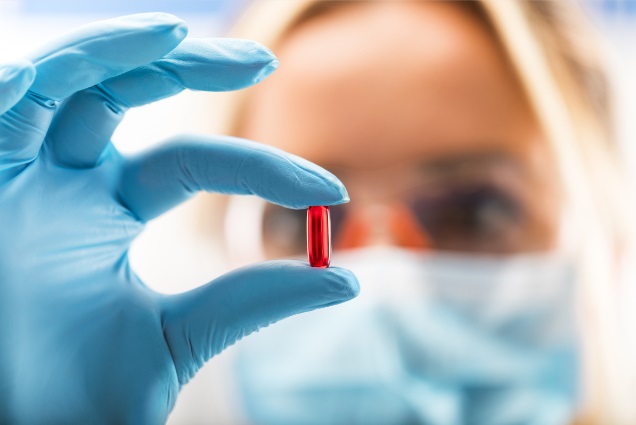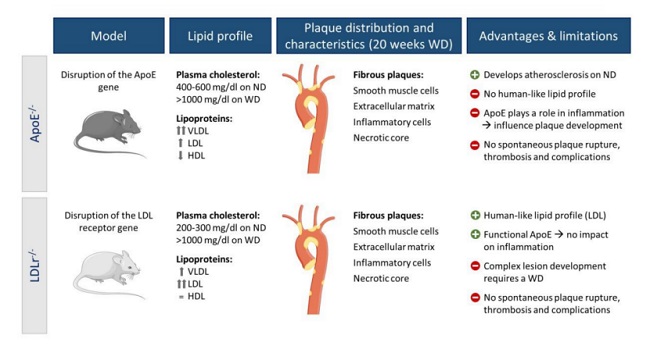An article published in the journal Nature metabolism in March this year mentioned the concept of thermoneutrality.
The following is the definition of thermoneutrality in the original text:
a state of thermal balance between an organism and its environments such that bodily thermoregulatory mechanisms are inactive.
Thermoneutrality is related to animal weight, age, sex, fur and other factors. The human thermoneutral temperature is 22 ℃, but unlike humans, mice have a tail, which loses 5-8% of their calories. Based on these factors, the thermoneutral temperature of mice is 29-32 ℃, which means that when mice stay in the animal room at 22 ± 2 ℃, their bodies have to burn calories all the time to maintain their body temperature.
If the temperature of the animal room rises to 33 ℃, the adipose tissue and liver lipids of mice will increase, the impaired glucose tolerance and adipose tissue inflammation will be more serious.
Simply put, mice have to consume extra calories to maintain their body temperature in a low temperature environment. After more calories consumption, the weight gain rate of mice slowed down. Therefore, if the weight gain of mice is slow, you should try to adjust the temperature of the animal room.
References
1. Seeley, R.J., MacDougald, O.A. Mice as experimental models for human physiology: when several degrees in housing temperature matter. Nat Metab (2021).
2. Stemmer, K. et al. Thermoneutral housing is a critical factor for immune function and diet-induced obesity in C57BL/6 nude mice. Int. J. Obes. (Lond) 39, 791–797 (2015).
 Formula Design of Lab Animal Diets
Formula Design of Lab Animal Diets
 Instruction for Use of Additives in the Lab Animal Diets
Instruction for Use of Additives in the Lab Animal Diets
 3 Common Problems in Using High-Fat Rodent Diets
3 Common Problems in Using High-Fat Rodent Diets
 Comparison of Diet-induced Atherosclerosis in APOE and LDLR Mice
Comparison of Diet-induced Atherosclerosis in APOE and LDLR Mice